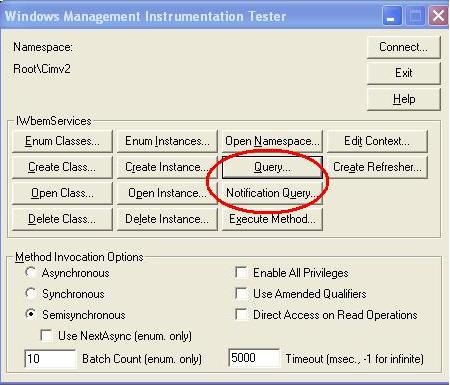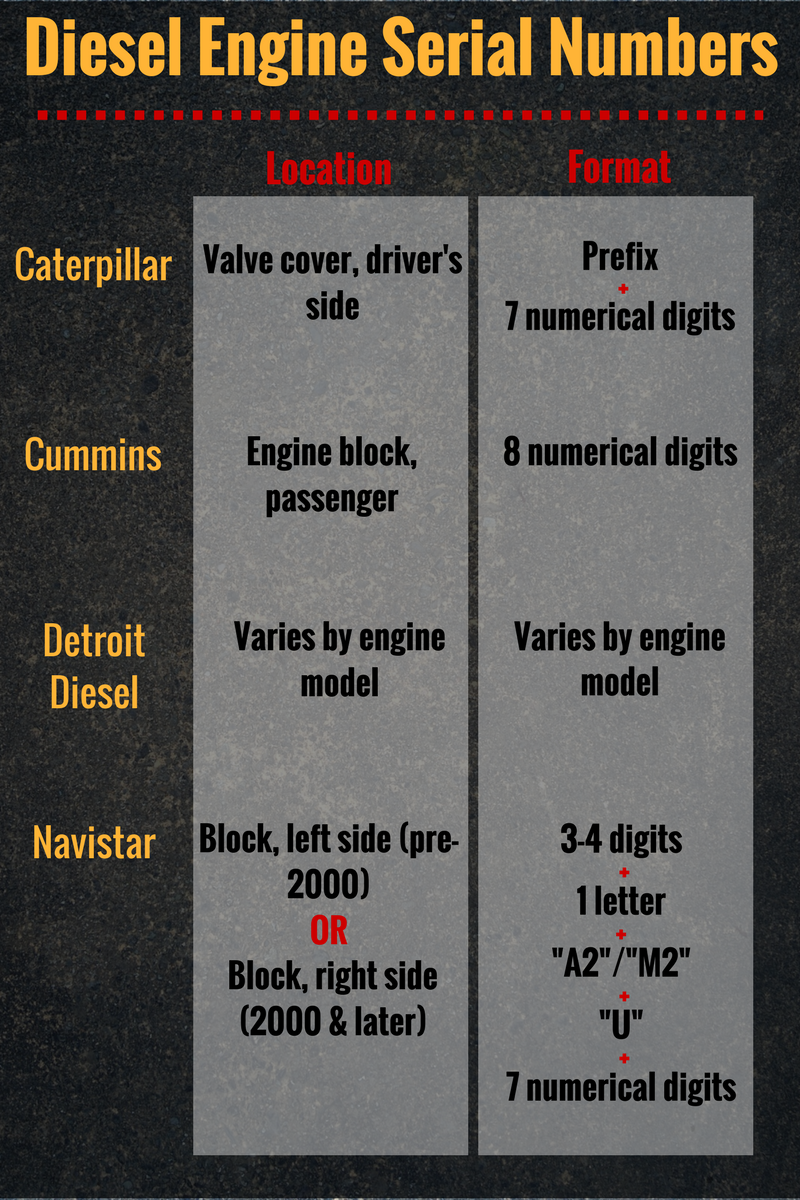Wmi Win32 Diskdrive Serial Number
Aug 29, 2018 Wmic diskdrive 0 get serialnumber S e r i a l N u m b e r. V: wmiquery root cimv2 'select serialnumber from win32diskdrive where index = 0'. You can modify codes from MSDN to get HDD S/N. MSDN sample codes link: In step 6, modify from 'Win32OperatingSystem' to 'Win32DiskDrive', see below. 2003 servers don’t work because the Win32DiskDrive class of WMI didn't provide a SerialNumber property in that version (probably solvable if you must). If anything exists in the guest that masks the disk serial number then this will not work. This won't work somewhere and probably lots of places. Interested to hear your stories either way.
.AvailabilityWmic is an that is available for the following Microsoft operating systems. In Windows 10, it is located at C:WindowsSystem32wbemWMIC.exe.Syntax wmic global switches command Global switches /NAMESPACENAMESPACE - Path for the namespace the alias is to operate against. Namespaces are always relative. That is, if the namespace does not begin with a ' it will be assumed to be relative to the current namespace.USAGE:/NAMESPACE:/ROLEROLE - Path for the role containing the alias definitions to be available for the utility session.USAGE:/ROLE:NOTE: Roles are namespaces and should be treated in the same way - i.e., relative paths should behave appropriately (default namespace is'rootcli')./NODENODE - Specify what servers the alias will operate against.USAGE:/NODE:NOTE:::= /IMPLEVELIMPLEVEL - Determine what level the command line should impersonate. Default is 'Impersonate'.USAGE:/IMPLEVEL:/AUTHORITY:Various implevels are as follows:Impersonation Level-AnonymousIdentifyImpersonateDelegateNote: Use /AUTHORITY switch for specifying the authority type./AUTHLEVELAUTHLEVEL - Specify the level the command line should authenticate.
NoteTo run the wmic command, you must have. WmicRunning wmic alone takes you to the wmic:rootcli. At the prompt, type /?
To get help at any time or /? To get additional help with that alias. To quit from the wmic prompt, type quit or exit. Wmic logicaldisk get nameDisplay each of the logical disk drives on the computer, as shown below. Narayana hrudayam stotram mp3 free download. If you wanted to see all the options for this command, including name, type: wmic logicaldisk get /? At the prompt. NameC:D:E: wmic os list briefThis command would give you brief information about the operating system, as shown in the example below.
BuildNumberOrganizationRegisteredUserSerialNumberSystemDirectoryVersion7601Computer HopeMrhope00123-0-34567C:Windowssystem326.1.7601wmic printer list statusList the printer status of each of the printers installed on the computer. WMIC /Output:bios.html BIOS Get Manufacturer,Name,Version /Format:htableThe command above may appear involved, but is still relatively simple. First the /Output: is sending the command's output to the bios.html file, which will be saved into the.
Next, the wmic BIOS get command will retrieve the Manufacturer, Name, Serial Number, and Version of the BIOS. Finally, the /format:htable will format the results into an HTML table. Below, is an example of how the output may appear in the bios.html file. 1 Instances of Win32BIOS NodeManufacturerNameSerialNumberVersionHOPE-PCDELL INC.Default System BIOS.123AB12.DELL - 20081105.wmic product list briefLists each of the programs that have been installed on the computer with brief details. Note: This command could take a minute or two to complete depending on how many programs you have installed on the computer.
Furthermore, the output may exceed the limit of what can be shown in the window. This command can also be made into an HTML table as explained in the previous example. Wmic diskdrive get model,name,sizeDisplay the model, name, and size of the installed on the computer, as shown in the example below. ModelNameSizeWDC WD3000HLFS-75G6U1 ATA Device.PHYSICALDRIVE680TRUSTED Mass Storage USB Device.PHYSICALDRIVE2720. Scale of the nine hells neverwinter.
Windows PowerShell (POSH) is a command-line shell and associated scripting language created by Microsoft. Offering full access to COM, WMI and.NET, POSH is a full-featured task automation framework for distributed Microsoft platforms and solutions.SUBREDDIT FILTERS. RESOURCES.
SCRIPT REPOSITORIES. VIRTUAL LABS & BOOKS. BLOGS & PODCASTS. LIVE CHAT.

NORTH AMERICAN USER GROUPS. remote-capable. remote-capable. remote-capable. remote-capable. EUROPEAN USER GROUPS.
I didnt think of this and while we dont have many computers with more than one drive around here it will be good to have for ones that do, thanks!Also I still get the random S/N problem, I feel like it might be something with the drives I'm testing though.From my response to some one below:Hard Drive S/Ns seem to be a pain in the ass. When ever I try to pull mine I get along the lines of ' Serial Number: 523538384c ' that's just the most recent, after the '2020' the numbers always change for me:/. Instead of / your number to divide by should be slightly different given that binary conversion of a GB is 'close' but not exactly due to the fact that you're dealing with decimal numbers converted from binary origins, so in reality you should be doing 104, not 100 to arrive at the actual number that is the decimal representation of a GB). This won't solve your original problem, but it is in fact a 'bug' in your report as far as I can tell - the number you're getting representing your GB drive size is larger than the actual number should be (I haven't ran to confirm, but I can't see how it could be accurate as is).Want something fun?Try $computerHDD.Size/Int641GB instead. This is a type cast that powershell converts to decimal representation before doing the division.It's both easier to read, and further down the line you can change it to just be int641TB (or KB or MB or anything you're reusing the code for). Interestingly enough, if I point the at a remote system running Server 2008 R2, both WMI classes return the same result.Also, if I invoke gwmi via invoke-command -computername on the remote machine, I get correct results (so it's not an issue of remote vs. Local access/execution).Differences: OS (obviously), remote system is virtual while my Thinkpad is not, Thinkpad is PoSH v3, remote system is v2.Sooo.is it just a desktop OS issue?
Or are my results nullified by the remote system being virtualized? The one physical box I can test against isn't reporting S/Ns at all.
